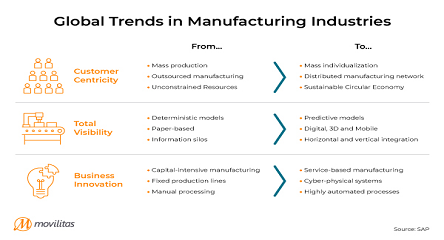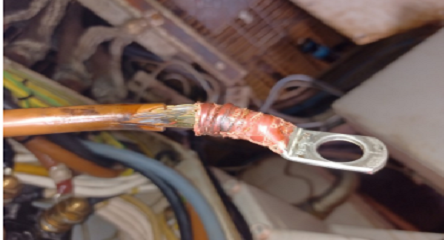Planners Help Us Solve the Skills Shortage Problem
This article was first published in PEM Magazine, now incorporated into MRO Magazine.
Skilled labor is in short supply. Companies are struggling to find talent. Education systems throughout North America have done a poor job of producing ‘job-ready’ graduates. Companies have cut back on training and apprentice program funding. Immigration programs did not prioritize the intake of needed and ready-to-use skills. Governments have been slow to see the problem and even slower to act on it.
The skills shortage is particularly obvious in maintenance. The Great Recession decimated retirement savings and pension funds and many skilled baby boomers are now staying in the workforce longer than they’d like. Fortunately, those who are now reluctant to retire are providing us with a window of opportunity to solve the problem before they depart (between 2025-2030).
Capital investment to replace aging plants with newer, higher-tech, less-labor-intensive assets will help but companies are sitting on hoards of cash. Risk-averse executives must realize that they cannot hoard their companies into prosperity! Many industrial facilities in developing nations are modern, highly automated and require few people (at much lower wages) to run. They are becoming more competitive – we are not.
Younger people are part of the solution. Fortunately, the word is out that they are starting to see trades as good career options.
Solving our skills-shortage challenges takes time, investment, and social and political will. The solutions are major opportunities to those who can see them. Meanwhile, industry is still running out of skills.
One solution that is readily available to industry and requires no hiring at all is often missed. A planner, doing proper planning of work and being used proactively to plan future work, can easily be an organization’s most highly leveraged employee. Planners can unlock workforce capacity currently wasted by nearly doubling effective working capacity.
Properly planned and scheduled work requires much less time to complete than unplanned work (one third is a widely accepted average). That frees capacity to get more done. Wrench time (hands on tool time) increases dramatically – it can nearly double. Moreover, a single planner can help to achieve this for upwards of 20 to 30 trades-persons.
Many companies have planners but don’t use them properly. They plan work that just arose or they chase parts when it’s too late for emergencies; in those cases you need the maintenance fire (repair) department.
But planners should not be stand-in supervisors. The best planners do come from the tools, but involving them in day-to-day urgent matters undermines their essentially proactive focus. Supervisors are excellent at solving today’s problems, planners look at tomorrow’s. These are inherently different perspectives. Planners shouldn’t work in support of supervisors – they will get dragged into the panic. This all takes them away from planning future work. It prolongs the move away from a reactive, break-then-fix culture.
Planners should not be responsible for deciding on preventive and predictive maintenance program content, yet they are the ones to ensure it gets scheduled and done. They are not reliability engineers.
Many planners are untrained or poorly trained. Coming from the trades, they do have essential technical background, but they need more. Planning requires being organized and focused, knowing how much detail is needed, being a good communicator, and being able to see beyond his own trade skill limits. Training is needed (not a lot of training – just a few days). Some organizations use planners to plan for a given trade. While that may be comfortable for the planner with a trade background, it is not the most effective way to structure the planning group – they should be planning for teams or areas, not for only one trade. This implies that they must a learn a bit about the other trades – if they are unable or unwilling to do so, then they aren’t good planner material to begin with.
Perfection gets in the way. We are often obsessed with getting it right the first time, and that slows results. Planners need to be happy to write a plan, put it in action, accept that it probably won’t be perfect and fix it with feedback from the field. They should accept that it is okay to make mistakes as long as there is a mechanism built into the work management process to learn from those mistakes. Learning is key to continuous improvement with each and every plan.
There is so much more that companies can do to improve their planning, unlock capacity that’s already there and begin to address their skills shortages today. Rethink your planner’s roles and how they’re being used. Make sure they are trained properly and stop undermining their effectiveness.





